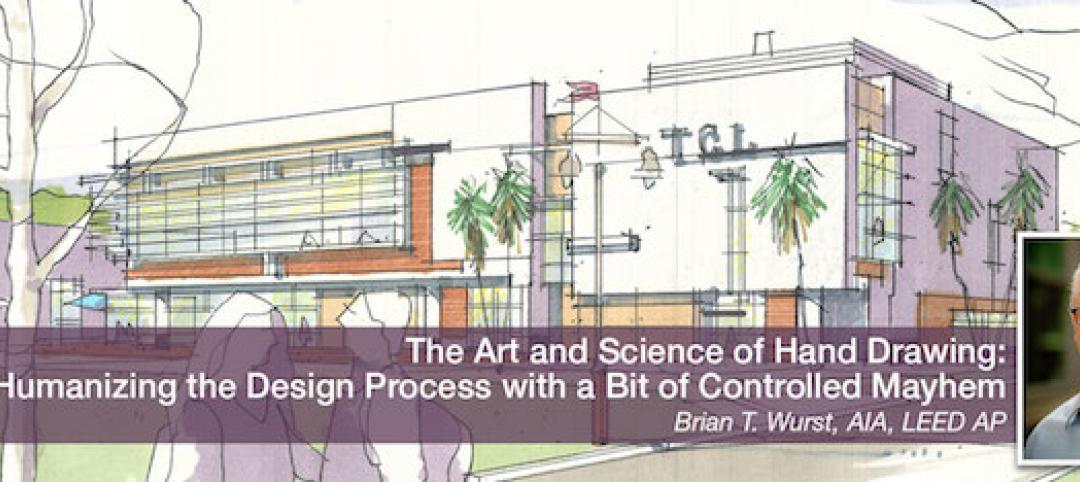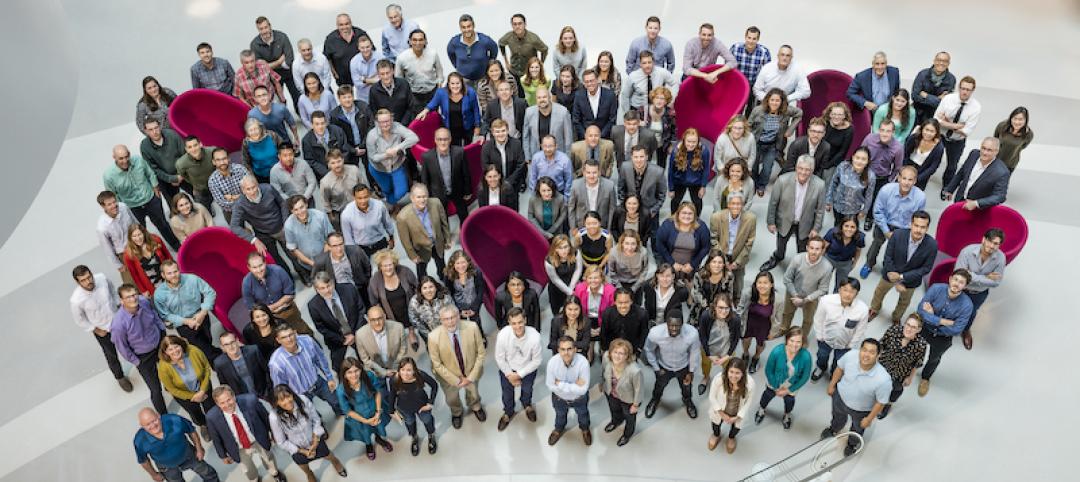HDR, a global architectural firm based in Omaha, Neb., has joined forces with CEI Architecture, a Vancouver, B.C.-based firm with about 70 employees.
The merger went into effect on July 26. As it has in other countries, such as Germany and Australia, in which it expanded through acquisitions and then combined its name with the acquired company’s, HDR now goes to market in Canada as HDR|CEI. The corporation is based in Omaha.
HDR has had a presence in Canada since 1996, when it started with a project office in Toronto. It expanded in Canada by acquiring Kingston, Ont.-based Mill & Ross Architects in August 2007, and G+G Partnership Architects, a healthcare design firm, in 2009. Those offices consolidated into one in Toronto, which currently has about 120 employees.
The CEI deal is HDR’s first foray into western Canada, according to a company spokesperson, who adds that HDR’s offices in Toronto, Kingston, Ottawa, and London, Ont., will continue to operate as before.
CEI, which was founded in 1996, focused its attention on western Canada, with offices in Edmonton and Calgary, Alberta, and in the British Columbia cities of Victoria and Penticton, according to Canadian Architect magazine.
Doug Wignall, AIA, HDR’s President, said the alliance brings together two firms with similar philosophies about design, business orientation, and customer service. Both firms have particular expertise in public-private partnerships in the healthcare sector.
“This common platform is essential to building a solid foundation for future growth,” said Wignall.
CEI’s Founding Partner, Bill Locking, is now a Senior Vice President with HDR|CEI. He believes this merger will help HDR expand into new sectors in Canada such as recreation, K-12 education, and commercial development.
Locking says news of the union has received overwhelmingly positive responses from key clients, who “understand that we will remain the same highly professional team.”
What is changing, he said, is the firm’s capability to deliver global research, benchmarking, and professional expertise.
HDR, founded in 1917, has more than 1,450 architecture employees working in offices that provide complete design, engineering, planning, and consulting services in the U.S., Canada, United Arab Emirates, Germany, Australia, and the People’s Republic of China.
All told, HDR has 10,000 employees in more than 225 locations around the world.
Related Stories
Architects | Dec 10, 2018
The art and science of drawing: Humanizing the design process with a bit of controlled mayhem
Hand drawing reveals a dimension beyond those available in a CAD drawing or digital rendering.
Architects | Dec 7, 2018
2019 AIA Gold Medal awarded to Lord Richard Rogers, Hon. FAIA
The Gold Medal honors an individual whose significant body of work has had a lasting influence on the theory and practice of architecture.
3D Printing | Dec 7, 2018
Additive manufacturing heads to the jobsite
Prototype mobile 3D printing shop aims to identify additive manufacturing applications for construction jobsites.
Architects | Dec 6, 2018
Payette honored with 2019 AIA Architecture Firm Award
The award recognizes a firm that has consistently produced distinguished architecture for at least 10 years.
Biophilic Design | Nov 19, 2018
Biophilic design: What is it? Why it matters? And how do we use it?
As we continue to move toward the city and spend more time indoors, our day-to-day interaction with quality nature is shrinking. One contemporary concept to reverse this effect is biophilic design, a strategic approach to tap into—and harness—nature in the built environment.
Architects | Nov 6, 2018
Kohn Pedersen Fox opens three new offices
Following exciting current work, new commissions, and upcoming opportunities, global architecture firm embraces the future with new outposts.
Architects | Oct 2, 2018
Gensler, in latest report, highlights where resilient design could make the greatest impact on the built environment
The firm showcases its own recent projects as demonstrations for what can work in six areas.
Architects | Sep 24, 2018
Assembly (and rigorous planning) required: Managing the pros and cons of modular construction
While offering efficiency and flexibility, modular construction requires extensive planning and collaboration to avoid potential challenges.
Architects | Sep 19, 2018
Back it up: Parking lot trends
There are two shifts that we are seeing in parking lot planning and design – and these shifts are rooted in parking’s place at the intersection of environment, transportation, and market behavior.
Architects | Sep 14, 2018
We’ve entered the golden age of brain science. What does it mean for AEC firms?
New research from the SMPS Foundation explores the known principles and most recent research surrounding the human brain and behavioral science. The goal: to discover connections between the science and the AEC business.















